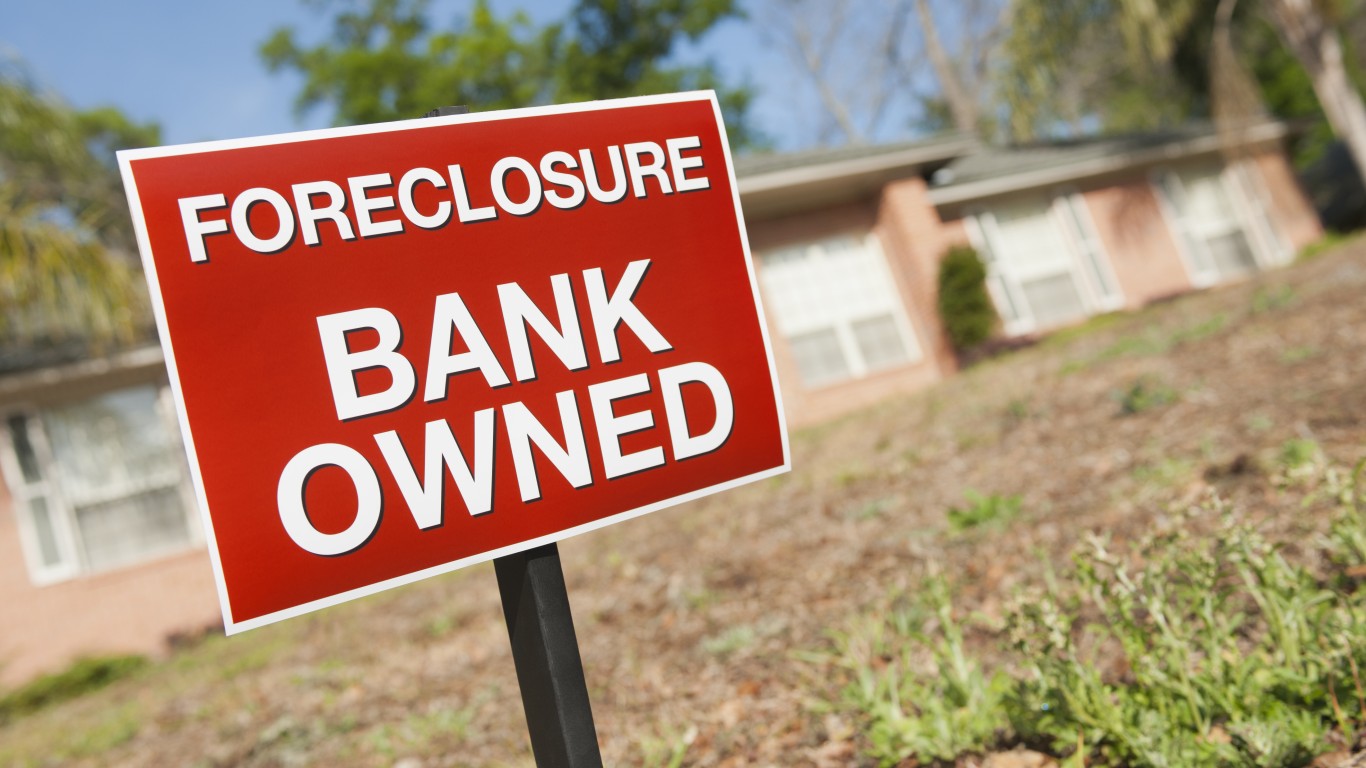
The economy and the stock market face an upcoming series of troubles without precedent. This can be explained directly by a series of events that have no analog in American history.
The first part of this is context. The economy has been buoyed by the Federal Reserve and acts of Congress triggered mostly by proposals from U.S. Treasury Secretary Steven Mnuchin. The two most critical proposals that have been put into effect are the Paycheck Protection Program and the Federal Pandemic Unemployment Compensation plan. Each of these put enough money into the labor market to offset partially the unprecedented rise in jobless claims that has stretched on for months. Now, these programs are nearly expired or dead and their effects over. They may not be replaced by any similar stimuli.
The Federal Reserve has lowered the interest rates banks have to pay to borrow from the government virtually to zero. Some of this has been passed to consumers, primarily through low mortgage rates. That, in turn, helped keep the housing market in good shape. Employment levels and not mortgage rates, however, eventually drive that market. Credit card interest rates and car loan rates generally have not dropped at all.
Unless the government intends to spend several hundred billion dollars to further support personal income, the ability for people out of work to support themselves has disappeared for millions of workers. There is an illusion that an 11% unemployment rate is a victory after the 14.7% one in April.
The fact is that 10% unemployment was the worst monthly level of the Great Recession. The economy was in horrible shape even when the number was 8%. So, if the current level remains over 8%, the economy is in a shambles.
The end of government support is not the worst problem. If confirmed COVID-19 cases continue to rise by as much as 70,000 a day and fatal cases jump to as many as 2,000, the crisis will shutter much of the economy for a second time. Some epidemiologists believe another wave of cases will start in October. It will be, by many accounts, worse than the first one, given a widespread and often undetected COVID-19 infected population throughout the country.
One well-regarded current forecast is that U.S. deaths will reach more than 200,000 by the start of November. The daily growth rate of confirmed cases has doubled in the past month. The number of confirmed cases has risen to as much as 75,000 in a day.
The stock markets cannot rise much more under these levels of pressure. The pullback in the early part of this year took the Dow Jones industrial average from 28,000 to 19,000 in a matter of weeks. If Apple, Alphabet, Facebook and Microsoft had not held their ground, compared to the market as a whole, the drop would have been much worse.
A better precedent for how the market reacts to severe trouble is the decline triggered by the Great Recession. The Dow’s pre-recession high was 14,000 at the end of 2007. It fell to 6,600 in early 2009.
The equity markets will start to fall as parts of the economy shut down again and it becomes clear that 10 million or 15 million lost jobs cannot be replaced. There has been a sharp rise in mass layoffs recently. Jobless claims will start to rise rapidly again too. The worst of this, from the standpoint of the stock market, will happen in the early fall and will continue for some time.
Travel Cards Are Getting Too Good To Ignore (sponsored)
Credit card companies are pulling out all the stops, with the issuers are offering insane travel rewards and perks.
We’re talking huge sign-up bonuses, points on every purchase, and benefits like lounge access, travel credits, and free hotel nights. For travelers, these rewards can add up to thousands of dollars in flights, upgrades, and luxury experiences every year.
It’s like getting paid to travel — and it’s available to qualified borrowers who know where to look.
We’ve rounded up some of the best travel credit cards on the market. Click here to see the list. Don’t miss these offers — they won’t be this good forever.
Thank you for reading! Have some feedback for us?
Contact the 24/7 Wall St. editorial team.


